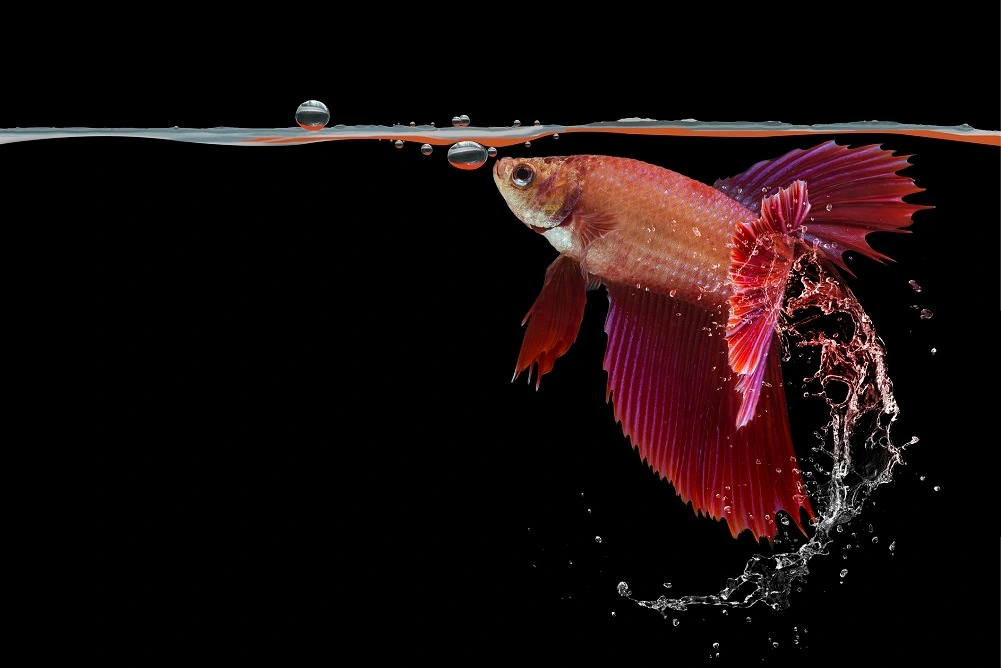Understanding the Importance of Temperature in Aquas caping
The serenity of a well-maintained aquarium, teeming with vibrant aquatic life, can transform any space into a peaceful oasis. Yet, beneath this tranquil facade lies a delicate balance of factors crucial for the wellbeing of its inhabitants, with water temperature sitting atop this hierarchy. Much like how Goldilocks sought the perfect porridge, aquarists must find the ‘just right’ temperature range to ensure their fish thrive, fostering an aquatic ambiance that mirrors nature’s harmony. This intricate dance between science and aesthetics underscores the fundamental role temperature plays in maintaining a thriving aquatic ecosystem.
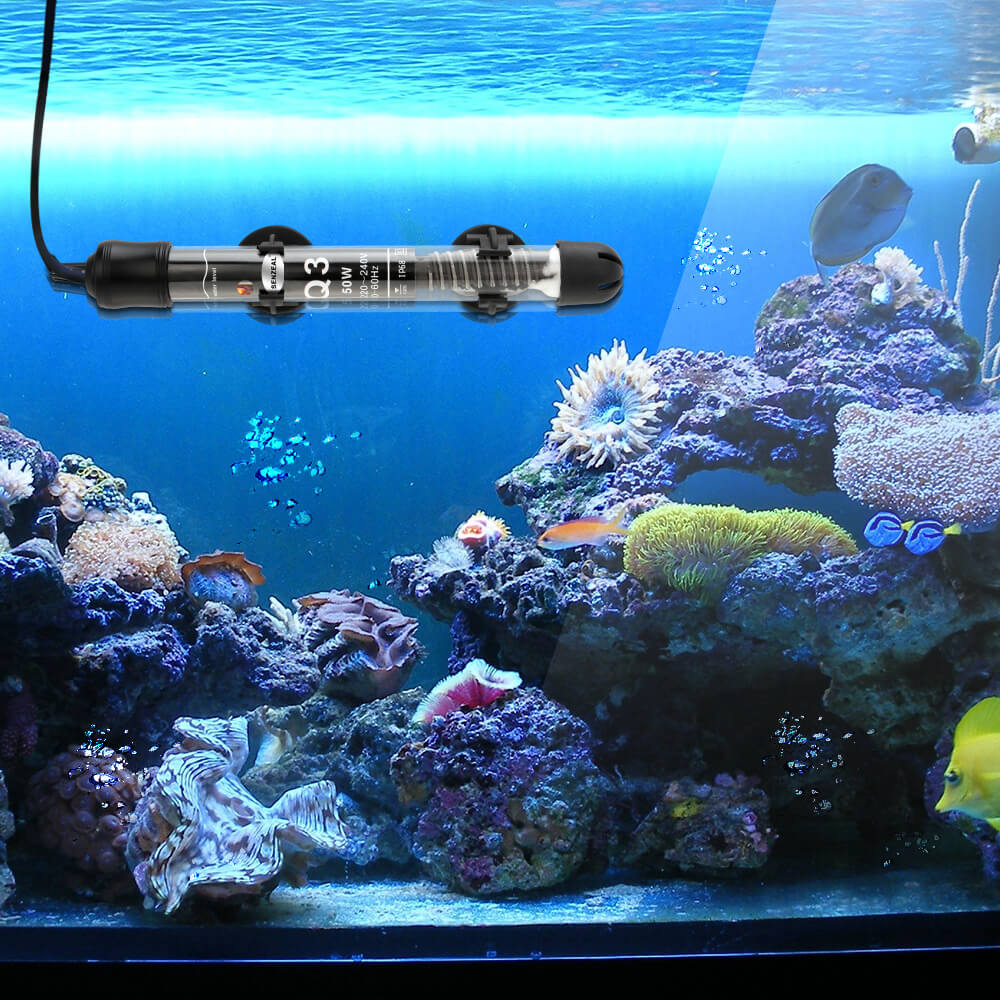
The Fundamentals of Thermal Ecology
At its core, the ideal fish tank temperature revolves around understanding the concept of thermal ecology. Every species inhabits a specific thermal niche, a range of temperatures within which they can optimally function. Falling outside this range can lead to stress, weakened immune systems, and ultimately, health issues or death. Tropical fish, for instance, are accustomed to warm waters, typically requiring temperatures between 75-82°F (24-28°C), while cold-water species, like goldfish, fare better in cooler environments, around 65-72°F (18-22°C). Recognizing these needs is the first step in creating a balanced aquarium.
Equipment Matters: Thermostats and Heaters
Achieving and maintaining the ideal temperature necessitates reliable equipment. Aquarium heaters, coupled with thermostats, form the backbone of temperature control. Heaters work to increase and stabilize water temperature, while thermostats monitor and regulate the heat output, ensuring consistency. Choosing the right size heater for your aquarium volume is vital; undersized heaters struggle to maintain warmth, whereas oversized ones risk overheating. Quality matters too – investing in reputable brands minimizes the risk of malfunction, safeguarding the wellbeing of your aquatic residents.
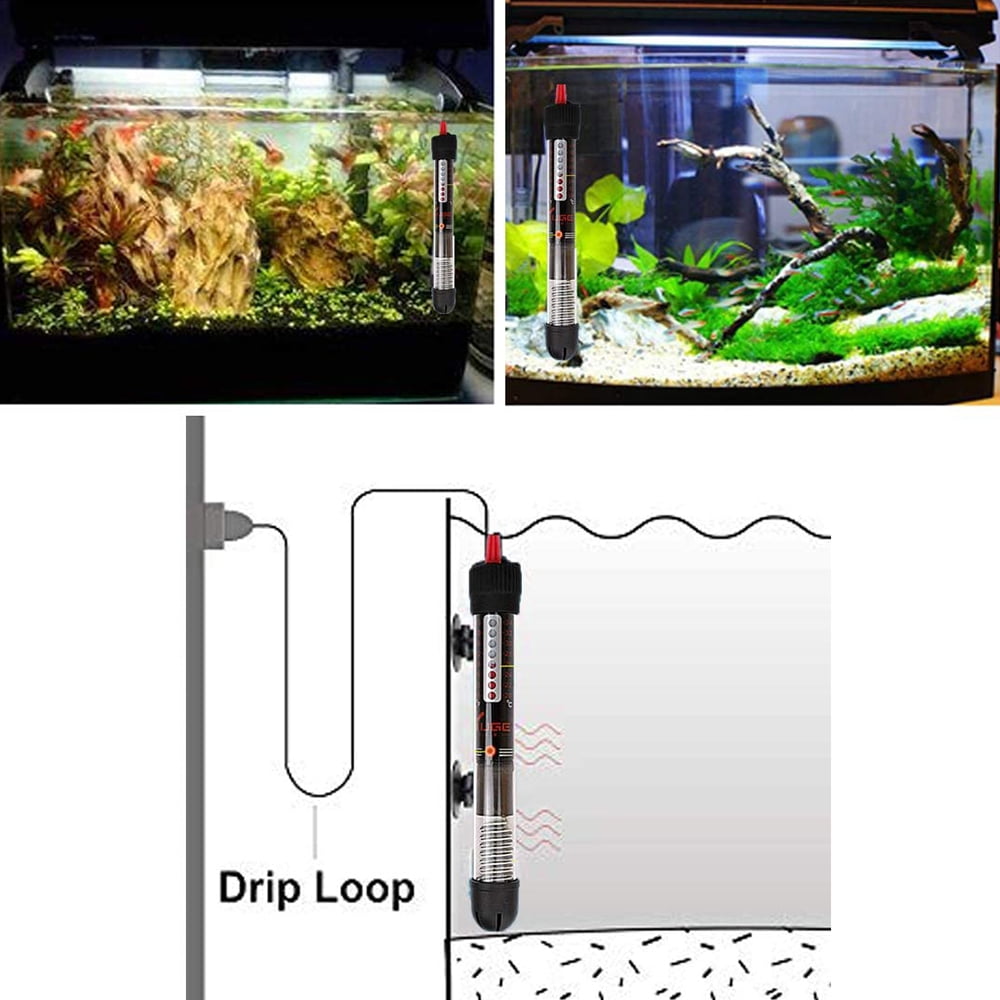
Seasonal Adjustments and Monitoring
Nature’s cycles bring about fluctuations in ambient room temperatures, impacting the aquarium’s thermal stability. Winter months may require increased heating, while summers could necessitate cooling measures or strategic placement away from direct sunlight. Regular monitoring with a reliable aquarium thermometer becomes paramount, allowing for timely adjustments to the heating system. Automated temperature controllers are a worthwhile investment for serious aquarists, providing 24/7 oversight and precision control.
The Impact on Biological Processes
Temperature directly influences a myriad of biological processes within fish and their environment. It affects their metabolism, growth rates, and reproductive behaviors. Warm water accelerates metabolic rates, requiring more oxygen and food intake. Conversely, cooler temperatures slow these processes down. Understanding these effects guides feeding schedules and nutrition planning, preventing overfeeding that could lead to water quality issues. Moreover, breeding efforts often rely on precise temperature manipulation to mimic natural spawning conditions.
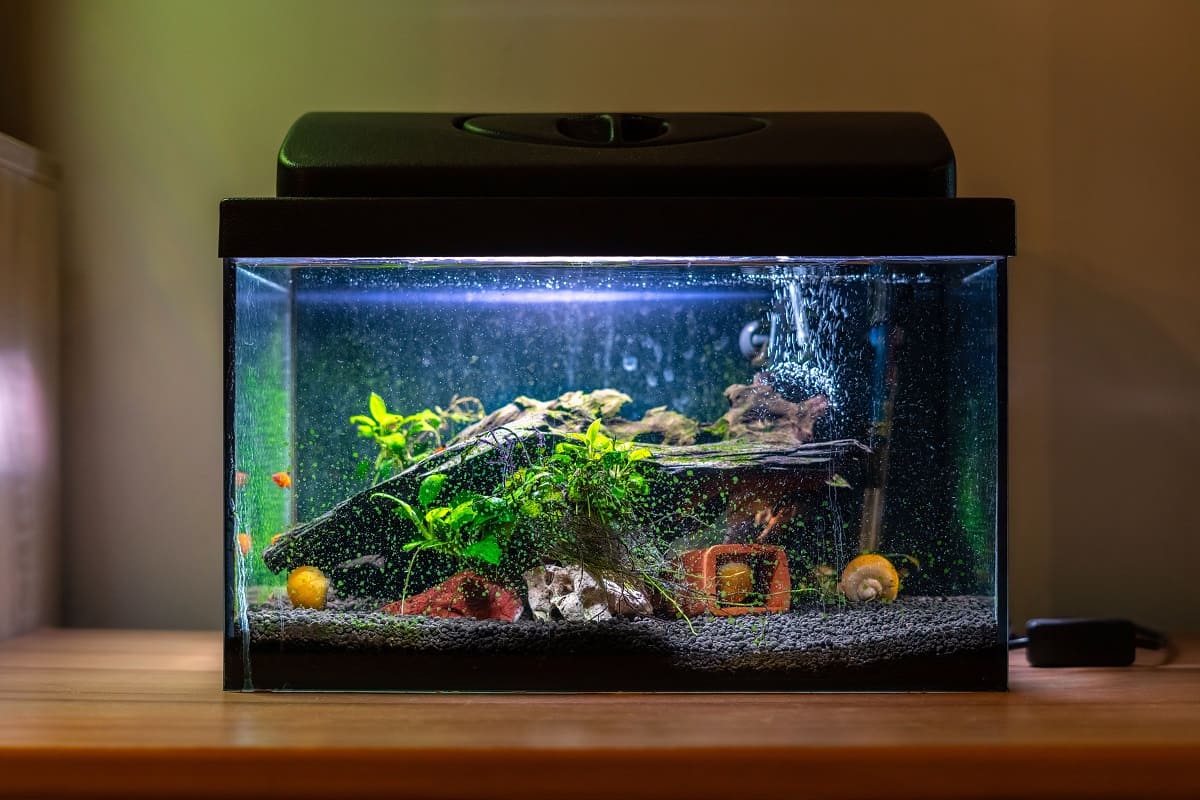
The Interplay with Water Chemistry
Temperature also interacts with other critical water parameters, particularly pH and dissolved oxygen levels. As temperature rises, oxygen solubility decreases, which can be detrimental to fish health. Maintaining a stable temperature helps stabilize these chemical balances, reducing stress and disease susceptibility. Additionally, certain temperature ranges promote the growth of beneficial bacteria essential for the nitrogen cycle, a cornerstone of healthy aquarium ecosystems.
Species Compatibility and Temperature Zones
In a diverse aquarium setup, housing multiple species with different thermal preferences poses a challenge. Creating temperature zones within the tank isn’t practical; instead, a compromise is reached by selecting species with overlapping thermal niches or prioritizing the needs of the most sensitive species. This consideration extends to live plants and invertebrates as well, as they too have specific temperature requirements for optimal growth and survival.
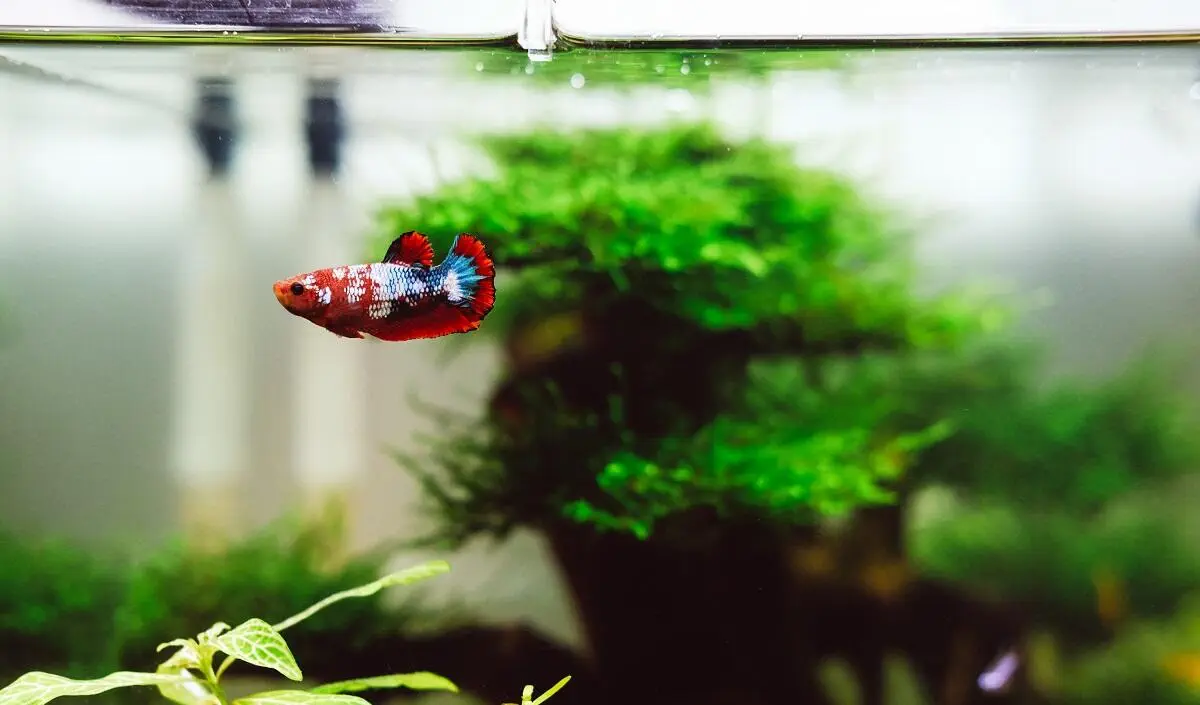
The Role of Temperature in Disease Management
Maintaining the correct temperature isn’t solely about promoting vitality; it’s also a defense mechanism against diseases. Pathogens often flourish in suboptimal conditions, and a stable, species-appropriate temperature can inhibit their spread. Should illness strike, adjusting the temperature—known as thermotherapy—can sometimes aid recovery, either by slowing bacterial growth in cooler temperatures or stimulating the immune system at warmer settings under veterinary guidance.
Energy Efficiency and Environmental Considerations
Sustainability-minded aquarists should also consider energy efficiency when choosing and operating heating equipment. Modern heaters with advanced insulation and thermostats featuring precise control reduce energy wastage. Furthermore, opting for energy-efficient models and scheduling heating according to ambient temperature changes contributes to a greener hobby. This mindfulness aligns with the broader goal of preserving aquatic habitats in our pursuit of creating miniature ecosystems within our homes.
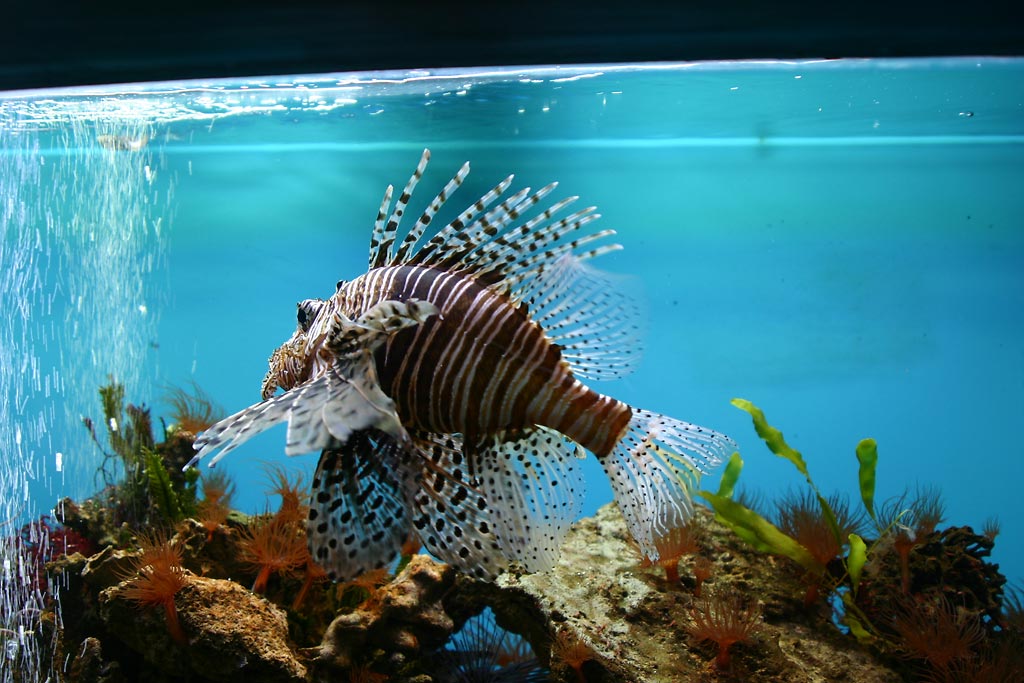
Aquarium Filtration and its Importance in a Balanced Ecosystem
In addition to temperature management, efficient filtration is paramount to maintaining a healthy and harmonious aquarium environment. The role of filtration goes beyond simply clarifying the water; it plays a vital part in the biological, mechanical, and chemical processes necessary for life support within the closed system.
- Biological Filtration: This process involves the cultivation of beneficial bacteria that convert harmful ammonia, produced from fish waste and uneaten food, into nitrite and subsequently into less toxic nitrate. Biological media such as bio-balls, ceramic rings, or sponge filters provide ample surface area for these bacteria to colonize.
- Mechanical Filtration: This step physically removes particulate matter like uneaten food, plant debris, and waste from the water column, preventing them from decomposing and fouling the water. Filter floss, sponges, and mesh screens are common mechanical filtration components.
- Chemical Filtration: Utilizes materials like activated carbon or resins to absorb dissolved organic compounds, medications, and other impurities, enhancing water clarity and odor.
An integrated approach to filtration ensures that the aquarium ecosystem remains balanced, reducing stress on inhabitants and minimizing the risk of disease outbreaks. Regular maintenance, including periodic media replacement and cleaning, is crucial to sustaining filter efficiency.
Diversity and Aquas caping: Aesthetic and Functional Balance
Aquas caping, the art of arranging aquatic plants, rocks, driftwood, and other decorative elements, not only enhances visual appeal but also contributes to the overall health of the aquarium. A well-planned aquas cape provides essential hiding spots for shy species, breeding territories, and areas for natural behaviors like grazing or territorial displays.
Conclusion: Cultivating the Perfect Aquatic Ambiance
Achieving the ideal fish tank temperature is a balancing act that intertwines biology, technology, and a deep understanding of individual species’ needs. It’s a foundational aspect of aquarium keeping that sets the stage for a thriving, visually stunning aquatic display. By meticulously managing temperature, we not only ensure the health and happiness of our finned friends but also contribute to the creation of a harmonious underwater world that mirrors the complexities and beauty of nature. In essence, the quest for the perfect aquatic ambiance begins and ends with the meticulous orchestration of thermal harmony.






